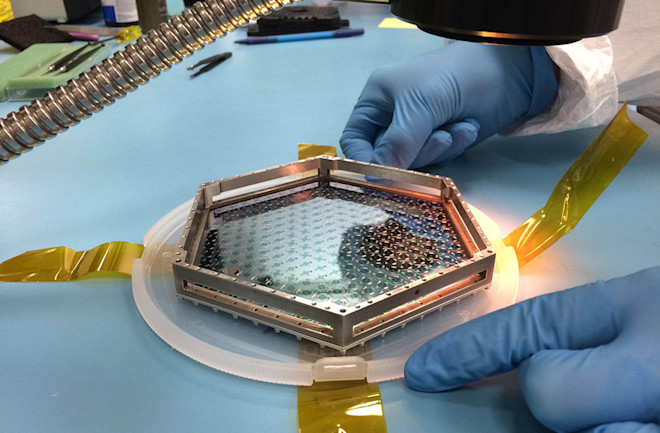Stories about science often suggest a process of steady advancement — a direct path from hypothesis to revelation. Yet it rarely happens that way. The road to progress is typically strewn with false starts, wrong turns and other miscues — as a group of astronomers and physicists known as the BICEP2 collaboration recently found out.
In March 2014, they announced to the world that their small telescope at the South Pole had uncovered possible signs of gravitational waves produced within a trillionth of a trillionth of a trillionth of a second of the Big Bang — potentially opening a window into a new regime of physics. The tentative findings garnered international headlines. But later that year, new data showed that the signal they’d seen was primarily due to dust in our galaxy rather than to gravitational waves from the cosmic dawn.
The experience was disappointing for the team behind BICEP (Background Imaging of Cosmic Extragalactic Polarization). But ultimately “the scientific process has worked,” claims John Kovac of the Harvard-Smithsonian Center for Astrophysics (CfA), who led the experiment. He and his colleagues understand where they went wrong two years ago and are now conducting follow-up observations for signs of gravitational waves from the Big Bang, produced some 13.8 billion years ago. (These are different gravitational waves from the ones detected this year by the Laser Interferometer Gravitational-Wave Observatory, which originated from the mergers of black holes).

